Oxford University Press is a department of the University of Oxford. It furthers the Universitys objective of excellence in research, scholarship, and education by publishing worldwide. Oxford is a registered trade mark of Oxford University Press in the UK and in certain other countries
All rights reserved. No part of this publication may be reproduced, stored in a retrieval system, or transmitted, in any form or by any means, without the prior permission in writing of Oxford University Press, or as expressly permitted by law, by licence or under terms agreed with the appropriate reprographics rights organization. Enquiries concerning reproduction outside the scope of the above should be sent to the Rights Department, Oxford University Press, at the address above
You must not circulate this work in any other form and you must impose this same condition on any acquirer
I first encountered explicit theorizing about grounding when I heard Kit Fine give The Question of Realism as the Reichenbach Lecture at UCLA near the turn of the 21st century. I was then a graduate student working in the metaphysics of modality. A prominent idea in that literature is that modal reality is somehow second class: it is dependent on and determined by non-modal reality. This tended at the time to get characterized as the idea that modal reality somehow reduces to non-modal reality. That struck me as an overly narrow conception of what was at issue. The conception of ground Fine introduced in the lecture seemed to me a better alternative, so I was excited.
Fines paper was soon published as (). By the late 2000s, the idea of grounding had taken off. It was developed, defended, and criticized by a number of prominent thinkers, whom another philosopher has dubbed the grounding celebrities. It had a brief few years as perhaps the most fashionable topic in metaphysics, if not all of academic philosophy.
This book was born of dissatisfaction with how I thought that discussion was going. It seemed to me that enthusiasts and critics alike were writing as if grounding were some exotic specimen whose existence had been disclosed to a few, lucky metaphysicians. But the idea struck me, on the contrary, as a familiar presence in essentially all of the philosophy and most of the science that I have encountered in my years since middle school. Its ubiquity, in my view, provides a rich source of examples that could be used to augment our understanding of the idea and guide our theorizing. The existing literature had, I thought, a need for these resources. There were interesting and fruitful constraints that guided ordinary inquiry into what grounds what, and attention to those constraints sheds light on independently interesting questions. So, here I make a sustained attempt to bring these resources to bear. Though the tides of fashion have ebbed at least somewhat in the years since I began working on this project, I hope nonetheless that some of the results will have lasting utility for our collective and continuing work.
The book is roughly and somewhat artificially divided in half, with the first four chapters developing the theory of grounding and the last four chapters applying that theory. explores the relation between grounding and reduction.
I think of these first four chapters as drawing on a series of fairly innocuous observations to develop a rudimentary theory and an associated battery of methods. The last four chapters are more speculative. Each can be characterized as addressing a problem..
Naturally, consideration of each of these problems has lessons for the theory of grounding. So, as I said, it is somewhat artificial to characterize the first half of the book as focused on the theory of grounding, and the second half as focused only on applications. But applying the tools developed in the first four chapters to these problems, I argue, has significant upshots for questions whose interest was obvious before the burgeoning of the grounding literature in the years since 2001. So, it is not misleading to hold that we find, in the second half of the book, applications of the tools developed in the first half to questions outside the theory of grounding.
Readers should start with , which introduces the idea of grounding. I have tried to make each of the subsequent chapters self-contained, with common issues flagged and cross-referenced. So, readers should feel free to skip around as their interests suggest.
The book is free of technical content. There are no logics characterized or theorems proved. Any reader with a basic understanding of logic, including some elementary modal logic, and who can understand complex expressions for properties like being either red or a bachelor (and their regimentation using  -abstracts, as in
-abstracts, as in  ) has all of the necessary logical background. Some familiarity with philosophical work of the sort discussed in standard undergraduate survey courses in ethics, epistemology, and metaphysics is presupposed. So, for instance, I presume that readers can easily remember what a Gettier case is, and that they know that Kant defended a claim to the effect that what makes an action morally permissible or impermissible involves features of the maxim with which the act is performed. I expect that different readers will find the material challenging in different places. I regard is harder going. In any case, I think it is fair to warn my readers that sometimes matters in the later chapters are complicated and difficult. I have tried to ensure that, where there is difficulty, it is due to the nature of the subject matter.
) has all of the necessary logical background. Some familiarity with philosophical work of the sort discussed in standard undergraduate survey courses in ethics, epistemology, and metaphysics is presupposed. So, for instance, I presume that readers can easily remember what a Gettier case is, and that they know that Kant defended a claim to the effect that what makes an action morally permissible or impermissible involves features of the maxim with which the act is performed. I expect that different readers will find the material challenging in different places. I regard is harder going. In any case, I think it is fair to warn my readers that sometimes matters in the later chapters are complicated and difficult. I have tried to ensure that, where there is difficulty, it is due to the nature of the subject matter.
An earlier version of large portions of ) and is reprinted here with only minor revisions.
This book exists in large measure thanks to the efforts of other people. Work on the manuscript was supported by a grant from the U.S.-Norway Fulbright Foundation for Educational Exchange, with additional support from Concept-Lab at the University of Oslo. I would like to thank Fatema Amijee, Louise Antony, John Bengson, Karen Bennett, Selim Berker, Phillip Bricker, David Chalmers, Andrew Cortens, Terence Cuneo, Shamik Dasgupta, Cian Dorr, Billy Dunaway, Matti Eklund, Kit Fine, Martin Glazier, Jeremy Goodman, Randall Harp. Mark Jago, Nic Jones, Zo A. Johnson King, Dan Korman, Kathrin Koslicki, David Mark Kovacs, Stephan Krmer, ystein Linnebo, Jon Erling Litland, Adam Lovett, Brannon McDaniel, Michaela McSweeney, Eliot Michaelson, Mark Moyer, Kate Nolfi, Gideon Rosen, Gonzalo Rodriguez-Pereyra, Rob Rupert, Nol Saenz, Jonathan Schaffer, Benjamin Schnieder, Alan Sidelle, Ted Sider, Riin Sirkel, Jack Spencer, Mack Sullivan, Tuomas Tahko, Mike Titelbaum, Kelly Trogdon, Matt Weiner, Alastair Wilson, Jessica Wilson, Keith Wilson, Jeremy Wyatt, and Justin Zylstra for extraordinarily helpful comments and questions. I would also like to thank participants in reading groups at the University of Vermont and the University of Oslo. I also owe thanks to a small army of anonymous referees for astute comments and criticism, including two referees for Oxford University Press whose care and attention were exemplary.

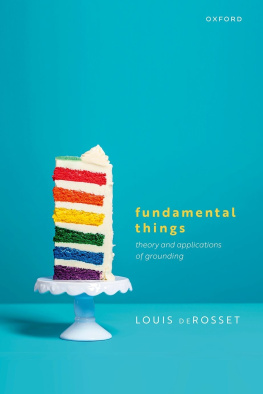
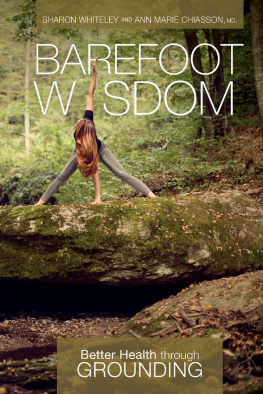


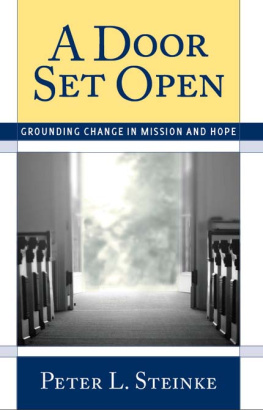
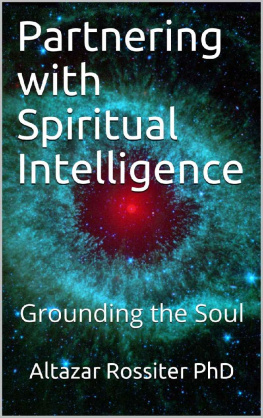
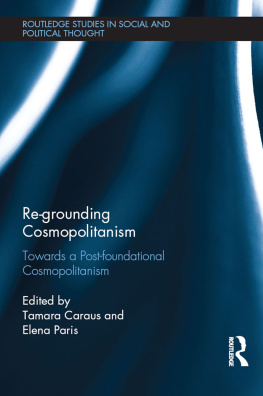
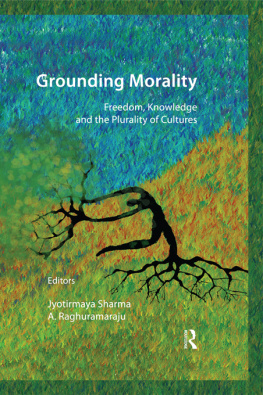
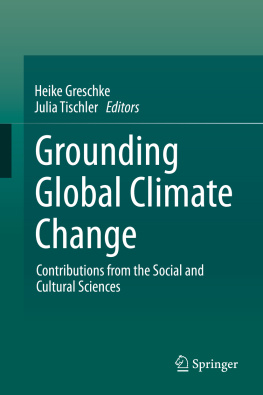
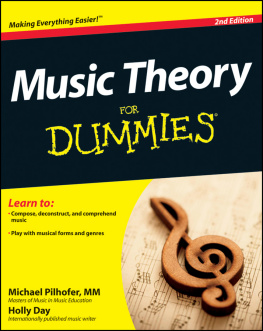
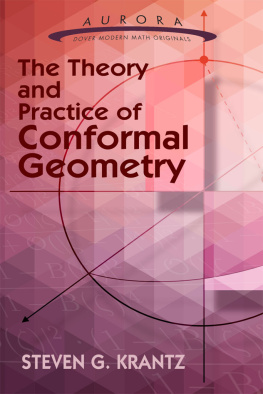
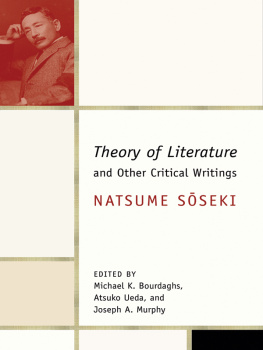



 -abstracts, as in
-abstracts, as in  ) has all of the necessary logical background. Some familiarity with philosophical work of the sort discussed in standard undergraduate survey courses in ethics, epistemology, and metaphysics is presupposed. So, for instance, I presume that readers can easily remember what a Gettier case is, and that they know that Kant defended a claim to the effect that what makes an action morally permissible or impermissible involves features of the maxim with which the act is performed. I expect that different readers will find the material challenging in different places. I regard is harder going. In any case, I think it is fair to warn my readers that sometimes matters in the later chapters are complicated and difficult. I have tried to ensure that, where there is difficulty, it is due to the nature of the subject matter.
) has all of the necessary logical background. Some familiarity with philosophical work of the sort discussed in standard undergraduate survey courses in ethics, epistemology, and metaphysics is presupposed. So, for instance, I presume that readers can easily remember what a Gettier case is, and that they know that Kant defended a claim to the effect that what makes an action morally permissible or impermissible involves features of the maxim with which the act is performed. I expect that different readers will find the material challenging in different places. I regard is harder going. In any case, I think it is fair to warn my readers that sometimes matters in the later chapters are complicated and difficult. I have tried to ensure that, where there is difficulty, it is due to the nature of the subject matter.